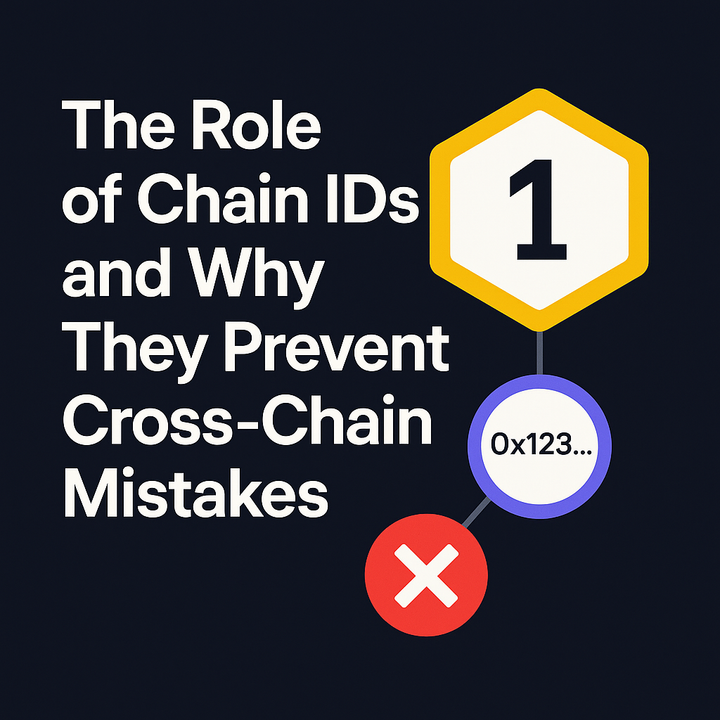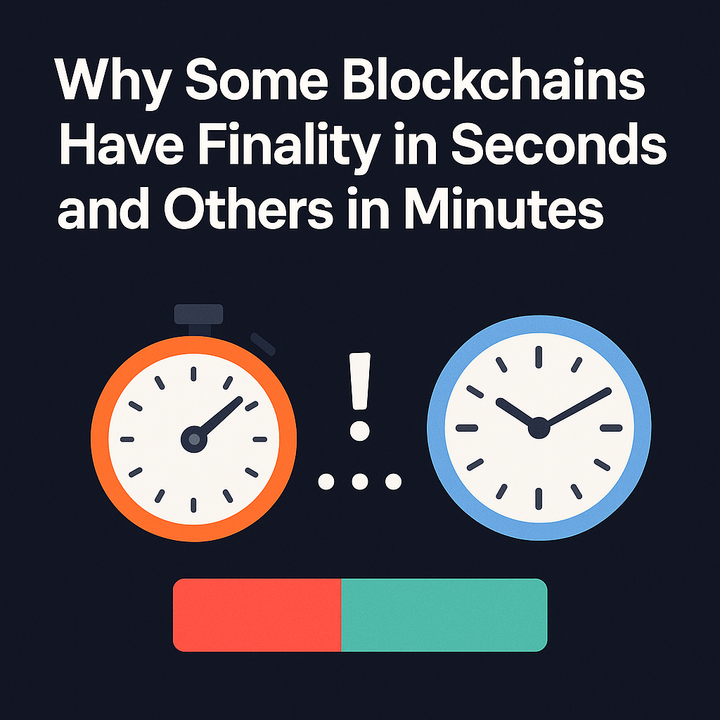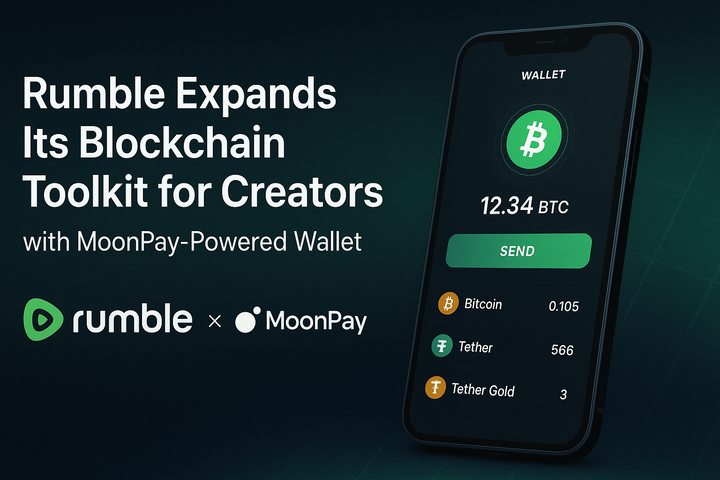Own the Liquidity, Own the Future: Inside Mitosis' Ecosystem-Owned Model

Introduction: Why Liquidity Ownership Matters in DeFi
In the early days of DeFi, protocols relied heavily on short-term incentives to attract liquidity. Liquidity mining, double-digit APRs, and temporary rewards were the norm. While these methods drove initial adoption, they often created unsustainable flywheels capital would enter fast, and exit just as quickly once the incentives dried up.
This is the problem Mitosis set out to solve. At the core of its approach is the Ecosystem-Owned Liquidity (EOL) model, a system where the protocol itself, not mercenary capital, owns and controls the liquidity powering its vaults, strategies, and cross-chain operations. By moving away from rented liquidity and toward ecosystem ownership, Mitosis builds long-term alignment between the protocol, its users, and the capital that drives it.
EOL is not just a funding mechanism, but it’s a design choice that reshapes how value, governance, and strategy are coordinated across chains. And for Mitosis, it's a key foundation for making programmable liquidity truly sustainable.
How Mitosis’ EOL Model Works in Practice
At its core, EOL means that Mitosis itself owns and steers the liquidity used in its vaults and strategies, rather than relying on external LPs who move based on yield fluctuations.
Here’s how it functions:
1. Liquidity is raised and retained by the protocol
Instead of renting liquidity with high, short-term incentives, Mitosis accumulates liquidity through long-term aligned contributions, often via bonding mechanisms, protocol allocations, or ecosystem partnerships.
This capital is deposited directly into vaults or held under the protocol’s control, making it durable, responsive, and deeply integrated into Mitosis’ architecture.
2. EOL powers the VLF (Vault Liquidity Framework)
The owned liquidity is not idle. It is used dynamically through Mitosis’ VLF, which orchestrates yield strategies across chains. This means the protocol can respond to opportunities, rebalance vaults, and optimize yield flows, all using liquidity it fully controls.
3. Yield flows back into the ecosystem
Because Mitosis owns the liquidity, it captures the majority of the yield generated across its strategies. This yield isn’t extracted by external LPs, it’s cycled back into the ecosystem. It can be redirected to governance, stakers, reinvestment, or protocol development.
4. Stronger governance, deeper alignment
With EOL, governance isn’t just about voting on emissions. It’s about directing the flow of capital, adjusting strategy parameters, and expanding the reach of Mitosis’ vaults, all with liquidity that belongs to the ecosystem itself.
Why Ecosystem-Owned Liquidity (EOL) Matters
In traditional DeFi, most protocols depend on mercenary capital, liquidity that arrives when APR is high and disappears the moment incentives fade. This creates volatility, undermines strategy execution, and forces protocols into a constant cycle of inflationary rewards.
Mitosis’ EOL model breaks that cycle. Here's why it matters:
• Resilience in All Market Conditions
Owned liquidity doesn’t flee during downturns. It provides a stable base that Mitosis can rely on to execute strategies consistently, whether the market is booming or flatlining.
• Higher Capital Efficiency
Since the protocol isn’t constantly paying to attract and retain liquidity, more capital is put to work and less is wasted on unsustainable incentives. Every dollar of owned liquidity goes further.
• Aligned Incentives
With EOL, Mitosis and its community own the upside. Yield doesn’t leak to yield tourists. It stays within the ecosystem, benefiting long-term participants, not short-term extractors.
• Governance Becomes Capital Allocation
EOL transforms governance from passive voting into active capital management. The community can direct where owned liquidity flows, which chains or protocols are supported, and how yield is distributed.
• Enables True Programmable Liquidity
Mitosis’ vision is programmable liquidity that moves where it’s needed, automatically. That only works if the protocol controls the liquidity. EOL is what makes that vision operational, not theoretical.
Conclusion: EOL as the Foundation for a Smarter DeFi
Mitosis isn’t just building better liquidity infrastructure, it’s reshaping the incentives that power it.
By embracing Ecosystem-Owned Liquidity (EOL), Mitosis sidesteps the pitfalls of rent-seeking capital and constructs a system where liquidity becomes a strategic asset, not a borrowed one.
EOL gives Mitosis:
- The autonomy to execute adaptive strategies
- The ability to expand without relying on mercenary yield
- The foundation to make programmable liquidity real across chains
And for the community, it means owning the upside, not just participating in it.
In a multichain world where attention is fleeting and incentives shift fast, Mitosis is anchoring itself with something stronger: ownership, alignment, and long-term vision.
Because in the end, the future of DeFi belongs to the protocols, and the communities, that own their liquidity.
References
• Glossary – Mitosis University
• Mitosis EOL Explained: The Future of Smart Liquidity Routing
• Ecosystem-Owned Liquidity (EOL): Empowering Capital Control in DeFi



Comments ()